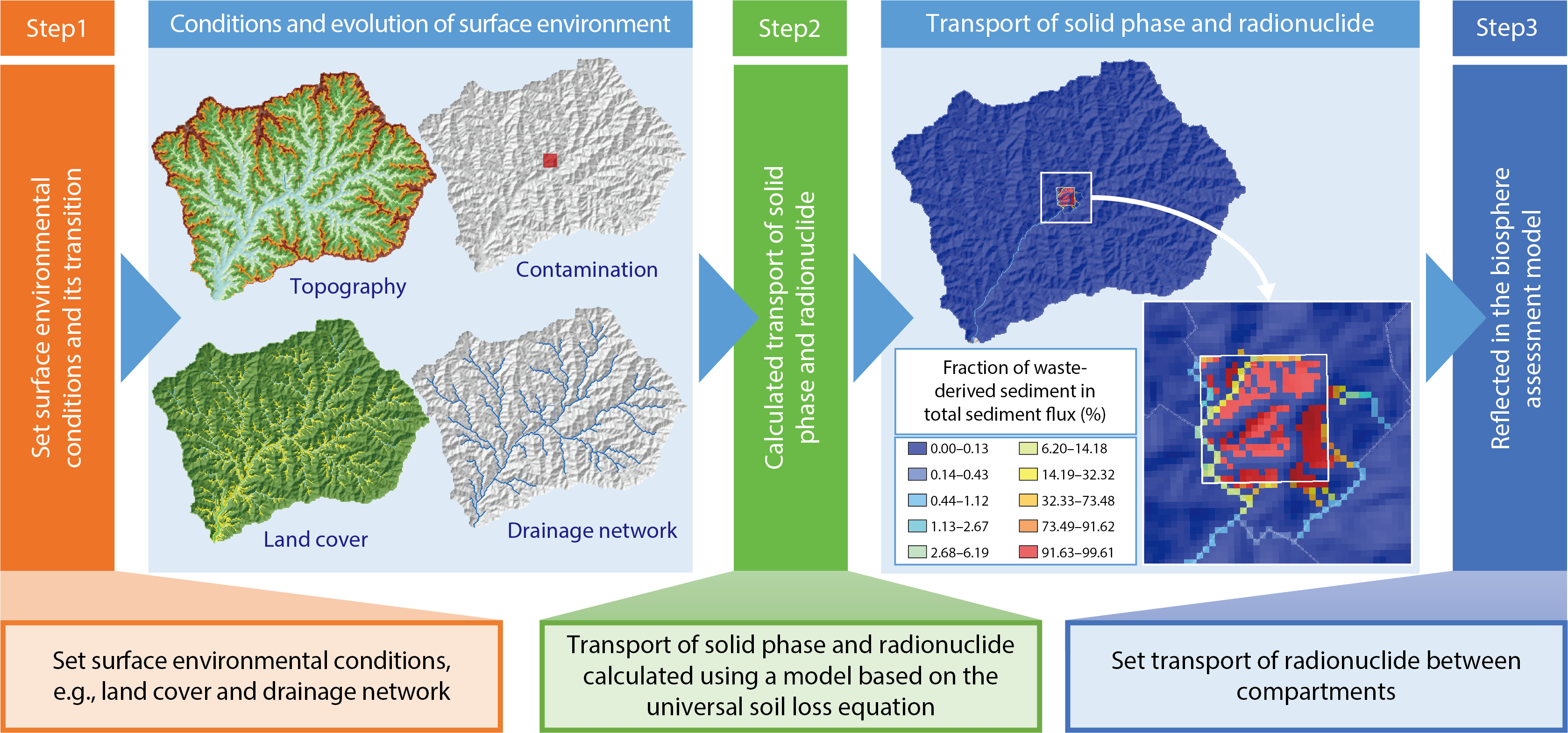
Fig.8-19 Example of the relationship between the transport of sediment/radionuclides and a biosphere assessment
The safety assessment of geological disposal of radioactive waste requires an evaluation of the exposure dose for humans in the surface environment (known as the biosphere assessment). For this calculation, an assessment is made for the transport process of radionuclides from the repository to the surface environment and the process in the surface environment. The transport processes of radionuclides within a surface environment are primarily controlled by the transport of a liquid (water) and a solid phase (sediment, etc.), and the intake of radionuclides by drinking water is considered to be the main exposure process. Those transport and human-exposure processes are heavily affected by the conditions of the surface environment, such as its topography and land cover. In the tectonically active and pluvial setting of Japan, such surface environmental conditions evolve with time. One of the typical processes relating to the evolution of the surface environmental conditions is sediment transport followed by erosion. However, it is extremely difficult to precisely predict this evolution over hundreds of thousands of years, which is the length of time possibly required for the safety assessment of geological disposal.
For that reason, widely used methods rely on generalized biosphere assessment models, in which the configuration of the surface environment is represented as a combination of homogeneous compartments, while various radionuclide transport processes are simply represented as a transfer of water and sediment between those compartments.
Because of that, the purpose of this research is to enable the calculation of radionuclide transport in the surface environment according to sediment transport followed by erosion as realistically as possible. In this calculation, erosion and sediment transport processes are modeled by applying the universal soil loss equation and simple hydraulic equations, while the available published data (open data) such as topography, land covers, and precipitations are used as input. By using this calculation, broad distributions of radionuclides and the discharge of radionuclides from main catchments in the surface environment can be estimated. This methodology has also been applied to calculate the radionuclide transport at an off-site environment of the TEPCO’s Fukushima Daiichi NPP accident. Fig.8-19 shows an example of various surface environmental conditions set in Step1 and the calculated sediment transport from Step2. This example shows a significant dilution of sediment from a specific area that is assumed to be a discharge area for radionuclides from the underground repository.
It is expected that the results obtained for the radionuclide transport from the transport of the sediment using this method can be applied to define parameter values to present the movement of sediment and radionuclides between compartments. These parameters are of prime importance in the biosphere assessment model, and should be determined as best as possible for specific surface environmental conditions.